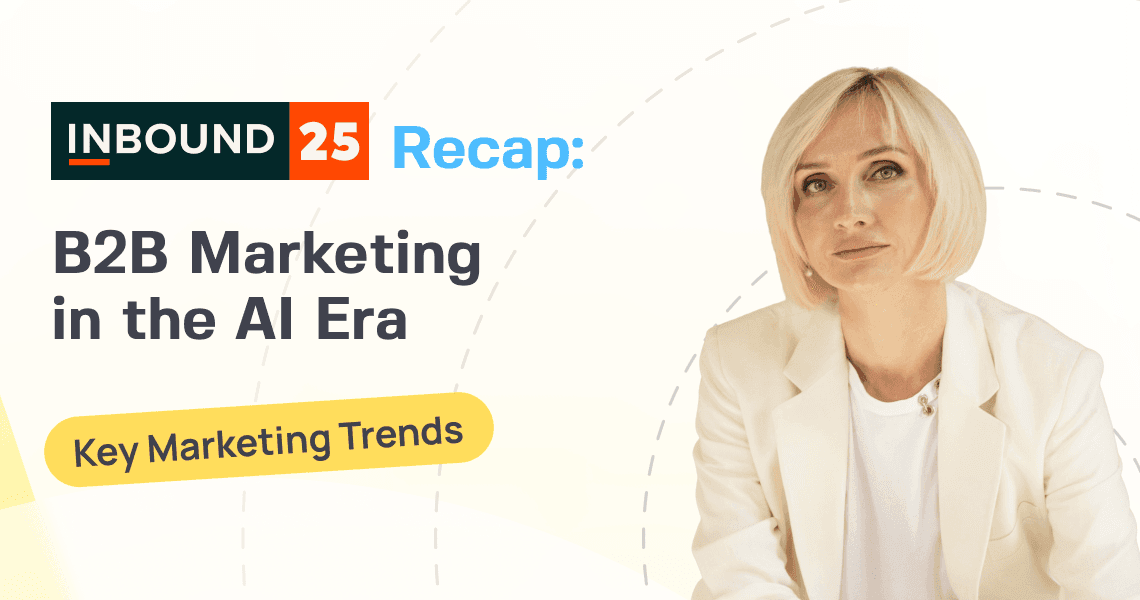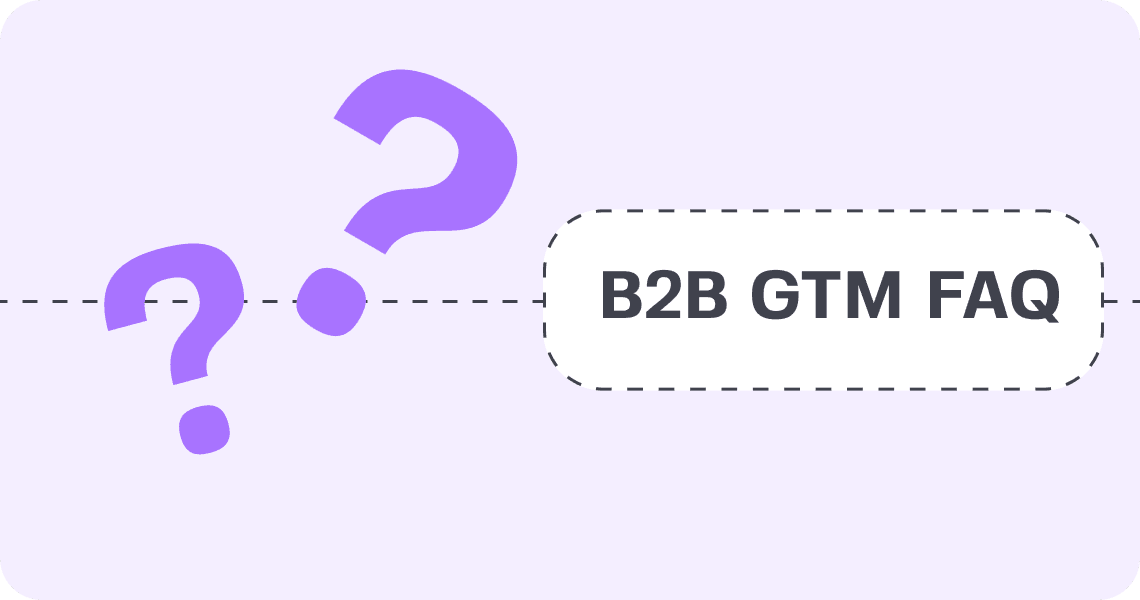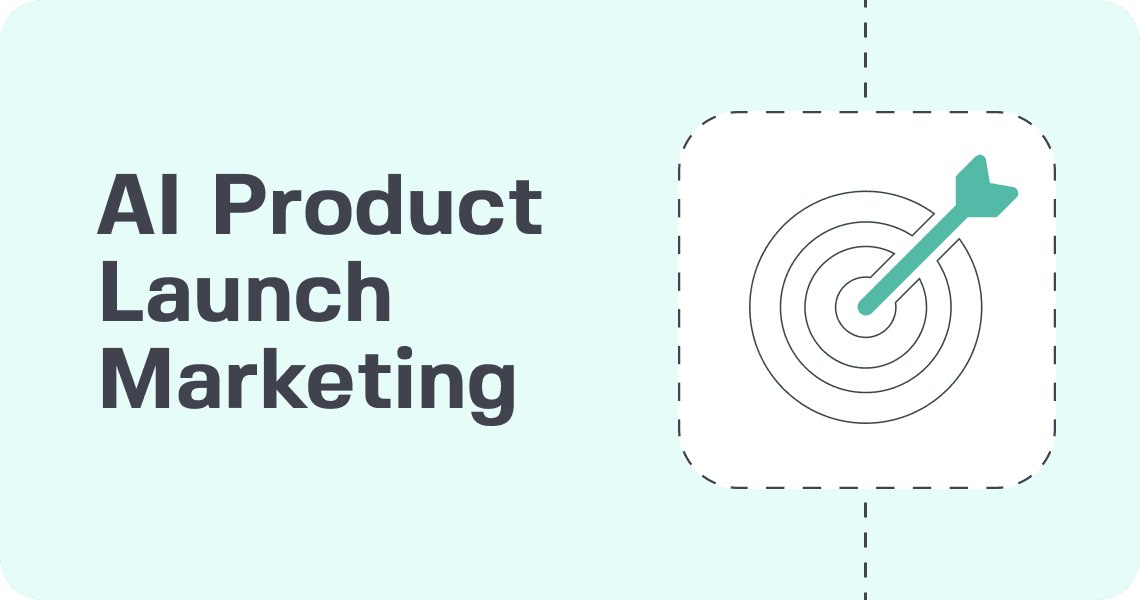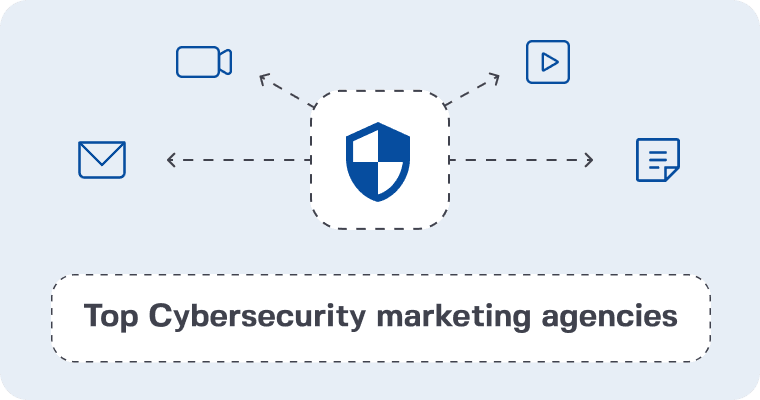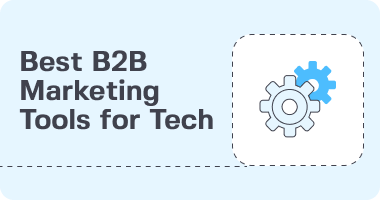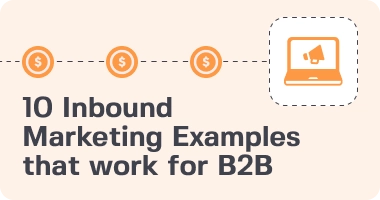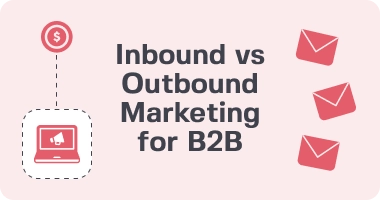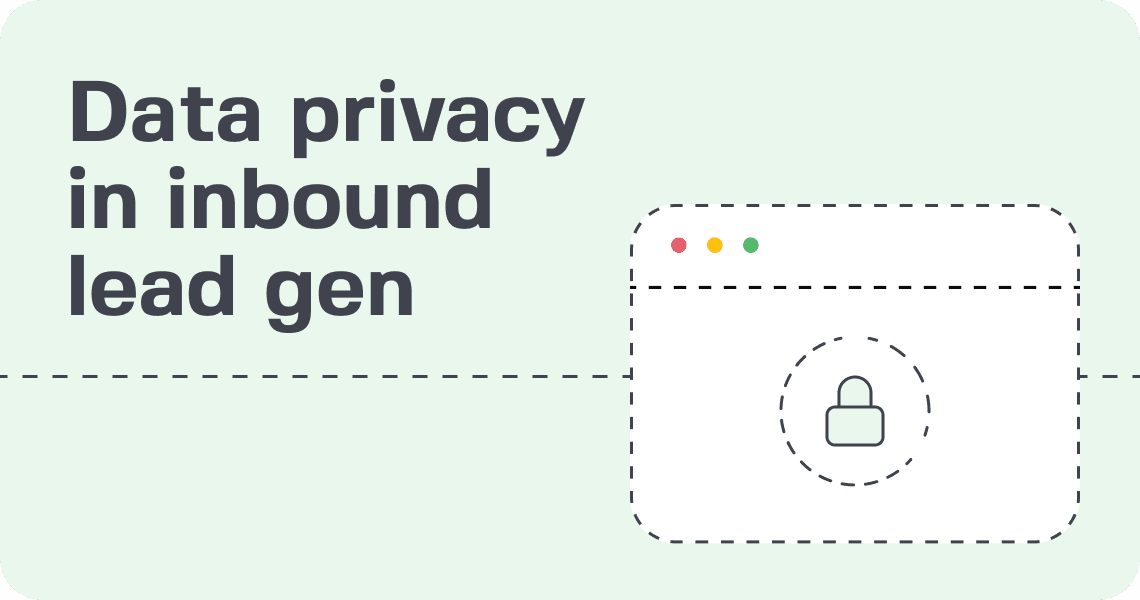As we move into the final quarter of 2024, staying ahead in the B2B marketing game is more crucial than ever. The digital landscape is evolving rapidly, driven by new technologies and shifting user behaviors, making it essential to adapt and refine your strategies. From AI-driven innovations to changes in social ad spending and content trends, this season’s updates are packed with opportunities for forward-thinking marketers. Let’s dive into the key trends that are set to shape B2B marketing as we gear up for a competitive year-end.
LinkedIn and Meta maintain strong hold on B2B social ad spending
LinkedIn and Meta dominate B2B social ad spending, setting the pace for 2024. B2B social ad spending will make up nearly half of all digital ad spending this year, with LinkedIn and Meta leading the charge. LinkedIn will bring in $4.21 billion, while Meta (including Facebook and Instagram) will account for $2.91 billion, capturing nearly 80% of the total B2B social ad market, which is expected to grow by 15.2% year-over-year. Despite a slowdown in growth compared to previous years, both platforms are still essential for B2B marketers. YouTube is also gaining traction in this space, driven by the rising demand for video content.
Consider prioritizing LinkedIn for its precision in B2B audience engagement and leveraging Meta’s targeting capabilities to reach decision-makers in emerging markets. For a diversified strategy, explore YouTube’s growing role in B2B video advertising, especially if visual content resonates with your target clients.
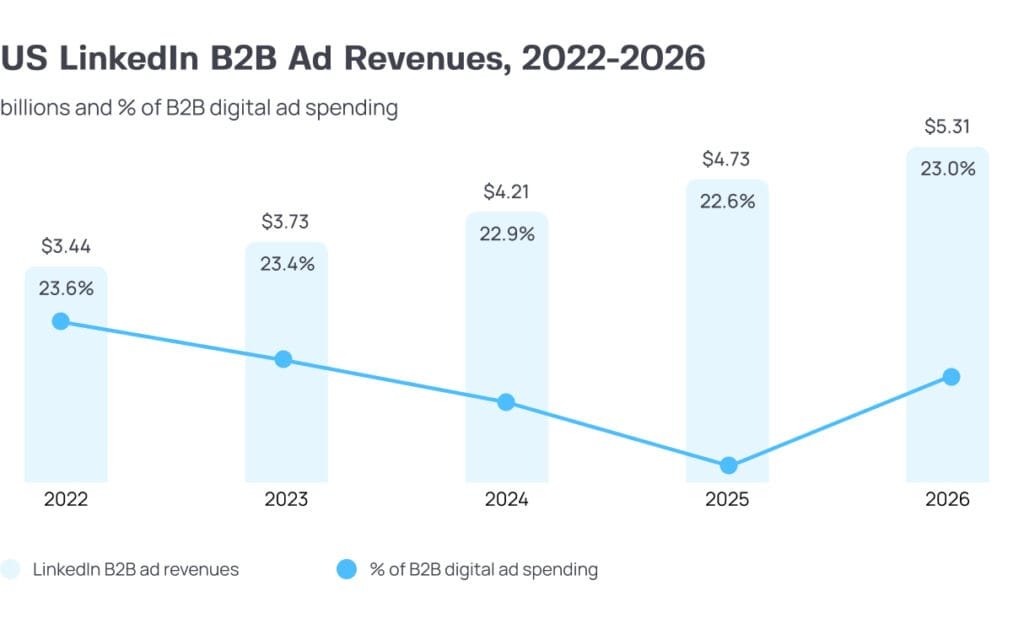
Instagram experiences decline in publisher engagement and ad spend
Instagram is losing its grip on publishers, with a notable drop in both content posting and ad spend. In Q3 2024, only 86% of publisher professionals posted on Instagram, down from 91% last year, and ad spending by publishers also decreased significantly. The platform’s perceived value for revenue generation has fallen, with more publishers viewing it as less effective for driving profits. Interestingly, while Instagram’s value declines, publishers are turning to WhatsApp Channels as a new opportunity to reach audiences directly.
Consider evaluating your current investment in Instagram as a marketing channel, especially if your focus is on revenue generation. With declining engagement and ad value, it may be more strategic to explore emerging platforms like WhatsApp Channels that offer cost-effective audience engagement. Diversifying your social media strategy could help you stay ahead of shifting trends in digital advertising.
TikTok introduces search ads, aiming to boost conversions and engagement
With the launch of the TikTok Search Ads Campaign, brands can now appear in search results using a keyword-based approach, similar to Google and Amazon’s advertising models. This move taps into TikTok users’ high-intent search behaviors, with 57% of users utilizing the app’s search function and nearly one in four starting their search within the first 30 seconds of opening the app. TikTok’s search ads are already proving effective, driving 20% higher conversions for brands that combine them with In-Feed Ads.
Consider exploring TikTok’s search ads as a way to differentiate your brand in a competitive B2B market. While TikTok is often associated with consumer-focused content, its new ad format allows for precise targeting of high-intent searches, which could help you reach decision-makers in innovative and engaging ways. If your clients or partners are looking to tap into Gen Z and millennial-led businesses, adopting this strategy could position your brand as forward-thinking and adaptable to emerging digital trends.
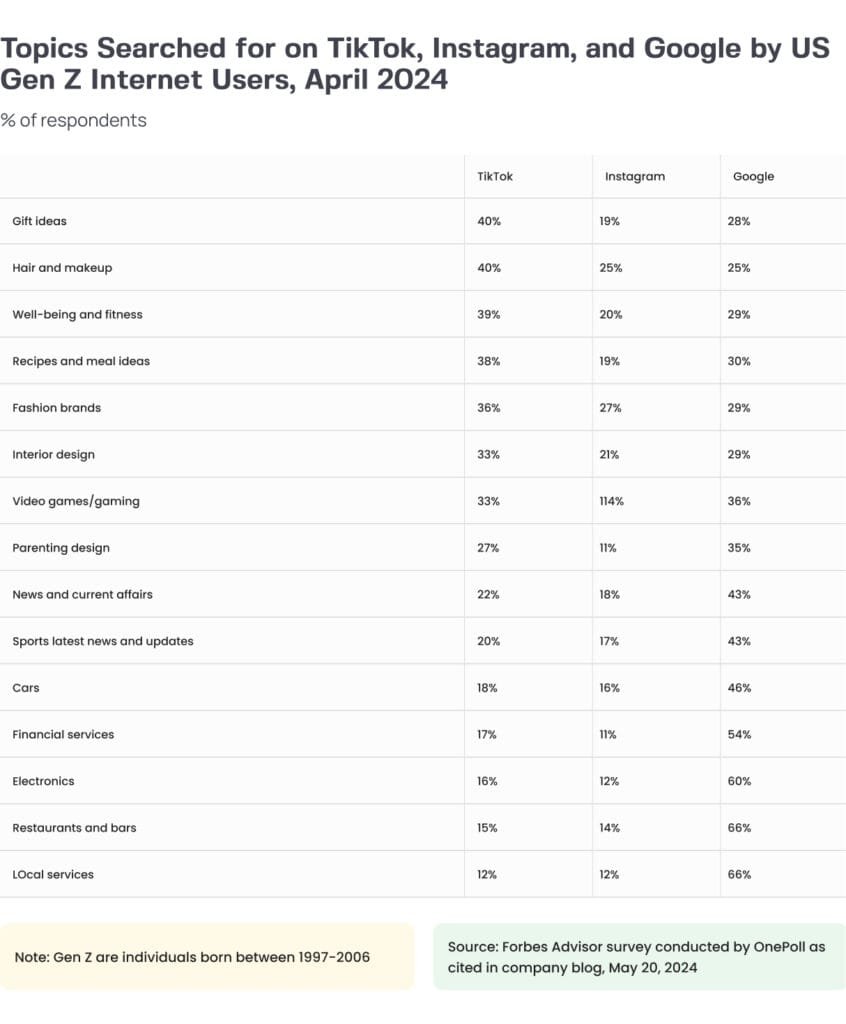
US B2B digital ad spending sees a surge, led by the financial and retail sectors
In 2024, US digital B2B ad spending is projected to grow by 14.9%, reaching $18.3 billion, recovering from last year’s slower growth. The financial services sector is driving this growth with a 19.2% increase in ad spend, while the retail sector follows closely with a 15.2% rise as giants like Amazon and Walmart expand their B2B offerings. LinkedIn remains the dominant platform, with innovations like CTV ads targeting decision-makers, accounting for 22.9% of total B2B digital ad spending.
Consider focusing your ad strategy on platforms like LinkedIn, especially if you’re targeting decision-makers in the financial and retail sectors. The surge in digital transformation within these industries signals an opportunity for software development and outsourcing to align their solutions with the evolving needs of these high-growth markets. Position your brand as a key enabler of digital innovation to capture attention and drive engagement in these sectors.
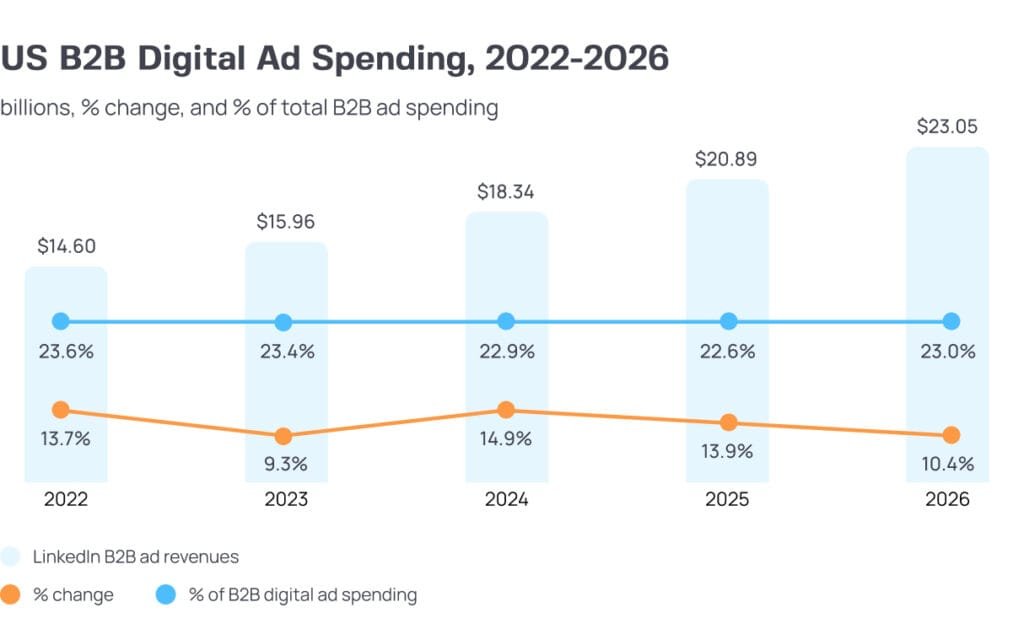
What was trending in Search in the last week of September?
What was trending in marketing, business, and social media the last week of September?
- ‘Exploring the benefits of working with a B2B digital marketing company’ was a breakout search this year‘CPM meaning in digital marketing’ saw a 150% increase in searches this week
- ‘SEO health check’ saw a 150% increase in searches
- ‘Webflow expert certification’ was a breakout search
- ‘Denver web design companies’ saw a 450% increase in searches
Consider including keywords related to these search queries into your SEO content strategy in October.
AI and human connection trend in B2B marketing – by Forbes
Video and AI-driven content strategies reshape B2B engagement. Video storytelling and creator-generated content are becoming powerful tools in B2B SaaS marketing, boosting engagement by making brands more relatable and trustworthy. Platforms like LinkedIn are doubling down on live interactions and creator content to drive deeper engagement. AI is revolutionizing content creation and campaign optimization with tools like Canva and CapCut, while AI bots streamline repetitive tasks, allowing marketers to focus on building genuine human connections. Marketers are also leveraging data insights, such as visitor identification and first-party data, to create personalized experiences that enhance lead conversion.
Video and content strategy
1. Video storytelling:
Video is no longer just a content medium; it’s a powerful storytelling tool. Through creative video strategies, brands are enhancing engagement throughout the B2B buying cycle, especially by appealing to younger decision-makers who prioritize authenticity and relatability.
2. Creator-generated content:
Content from real customers, such as testimonials and user-generated stories, builds trust and adds authenticity. Brands that incorporate customer voices in ads see higher engagement and conversions, as this approach resonates well with audiences looking for genuine experiences.
3. Video-enabled engagement and support:
Beyond marketing, video is increasingly used for client support, ensuring a seamless and consistent customer journey. From onboarding to troubleshooting, video interactions provide personalized engagement that strengthens customer loyalty.
4. LinkedIn Live and Creator Mode:
LinkedIn’s recent updates focus on encouraging content creation on the platform itself. With live interactions and Creator Mode, B2B brands can boost engagement by connecting directly with their audience, fostering real-time interactions that build stronger relationships.
AI and data integration
5. AI-driven media mix modeling tools:
AI-powered tools are changing how marketers assess campaign performance. These tools optimize budgets by analyzing the customer journey, allowing brands to maximize ROI and make data-informed decisions on ad spending.
6. AI integration into existing tools:
With AI capabilities in tools like Canva and CapCut, marketers can quickly create, modify, and scale content with greater efficiency. These integrations save time and elevate content quality, making it easier to manage and adapt b2b marketing campaigns.
7. Customized AI bots:
AI bots are becoming indispensable for automating repetitive tasks, freeing up marketers to focus on building human connections and nurturing leads. From initial engagement to customer support, these bots streamline interactions in B2B engagements.
Data utilization and customer insights
8. Website visitor identification software:
Advanced tools that identify anonymous website visitors using intent data are opening up new opportunities for engagement. By understanding visitor intent, brands can deliver personalized experiences that drive higher engagement with potential buyers.
9. Build-your-own identity graphs:
To reduce reliance on third-party data providers, brands are creating their own data repositories. This approach empowers them to enhance customer acquisition with data that is unique, reliable, and fully under their control.
10. Aggregated data platforms:
By integrating marketing, sales, and business data on a single platform, teams can gain insights into how each effort impacts overall performance. This consolidated approach fosters better collaboration and enables more strategic decision-making.
11. First-party (1P) data for ABM:
Leveraging first-party data in account-based marketing enables precise targeting, leading to higher engagement and stronger ROI. With privacy concerns on the rise, first-party data is becoming a valuable asset for building trust and personalizing outreach.
Human connections and traditional tactics
12. Human-driven connections:
Despite the digital transformation, human interactions remain central to building brand affinity and closing deals. In-person meetings and personalized touches continue to be critical for nurturing client relationships in the B2B space.
13. Old-school strategies:
Many brands are revisiting traditional methods like trade shows and sponsorships. As digital fatigue sets in and online ad ROI declines, these “old-school” strategies are proving effective for fostering meaningful connections.
Advertising innovations
14. Programmatic PPC newsletter ads:
New advertising networks offering pay-per-click models in newsletters are reshaping email marketing. Compared to traditional flat fees, this approach is more cost-effective and allows brands to reach highly engaged audiences.
15. AI-powered voice assistants:
With advancements in AI-driven voice assistants, B2B marketers can explore new ways to engage audiences through voice-enabled platforms. As this technology becomes more prevalent, it opens up a fresh channel for reaching busy decision-makers.
Purpose-Driven Marketing
16. Tying your ‘why’ to your prospects’ purpose:
Brands that align their mission with their prospects’ values are seeing stronger lead generation results. By connecting with audiences on a deeper, purpose-driven level, marketers can drive higher engagement and loyalty.
Consider integrating AI-driven tools into your content creation and customer engagement strategies to increase efficiency and personalization. Emphasize video storytelling to humanize your brand and resonate with decision-makers. Leveraging LinkedIn’s live features can also help position your company as a thought leader in the industry while fostering deeper connections with your target audience.
New Facebook and Instagram AI ad tools embrace video
Meta’s AI-powered video tools are transforming digital advertising. Meta has unveiled new AI-driven tools that simplify video content creation and discovery on Facebook and Instagram. These tools include features like Video Expansion, which adapts video aspect ratios, and Image Animation, which turns static images into dynamic video content. Meta’s focus on video ads is paying off, with businesses using these tools seeing significant boosts in engagement, including 11% higher clickthrough rates and a 7.6% increase in conversions. The introduction of these features aims to enhance advertisers’ ability to reach audiences through more immersive and engaging formats.
Consider leveraging Meta’s AI-powered video tools to create cost-effective and engaging ads that resonate with your target audience. As a software development or outsourcing company, using these features can help you stand out by delivering high-quality visual content without the need for extensive video production resources. This approach can enhance your brand’s visibility and appeal to decision-makers who prioritize innovative and memorable marketing strategies.
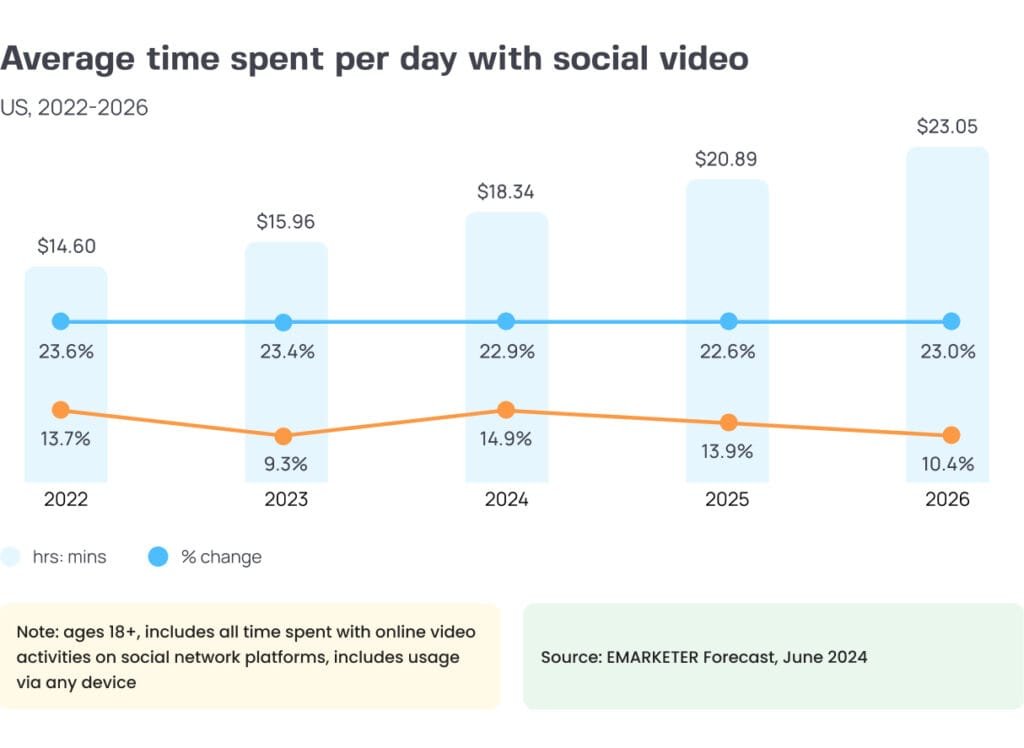
Generative AI becomes a marketing powerhouse ehen used effectively
Generative AI is transforming marketing, but human oversight remains key. Generative AI is enabling brands to create personalized and engaging content at an unprecedented speed, with companies like Nike, Coca-Cola, and Klarna already reaping significant benefits. However, AI’s power comes with risks, as seen in recent controversies where poorly executed AI campaigns damaged brand reputations. The most successful approaches blend AI’s efficiency with human creativity to ensure authenticity and resonance with audiences.
Consider integrating generative AI into your content creation strategy to scale efficiently, but always pair it with human oversight to maintain your brand’s integrity and voice. Pilot high-impact use cases, like A/B testing and user-generated content, to achieve quick wins with low complexity. This balanced approach can help your software development or outsourcing company stand out while ensuring that your marketing efforts remain aligned with your core values.
Google introduces ads in AI Overviews, reshaping the landscape of search advertising
Google has rolled out advertisements within its AI Overviews, a feature that provides AI-generated responses in search results. These ads appear separately from the AI responses, creating a new ad space that takes prime position in search results. With AI Overviews often appearing above traditional sponsored links, this new format could become a valuable spot for advertisers aiming to increase product visibility. Google’s move mirrors similar strategies by competitors like Microsoft, which is also incorporating ads into its AI offerings.
Consider exploring Google’s AI Overview ad placements to enhance your digital marketing strategy. This emerging ad format offers a prime opportunity to increase product discoverability and engagement by placing your ads at the forefront of search results, where they can capture the attention of decision-makers.
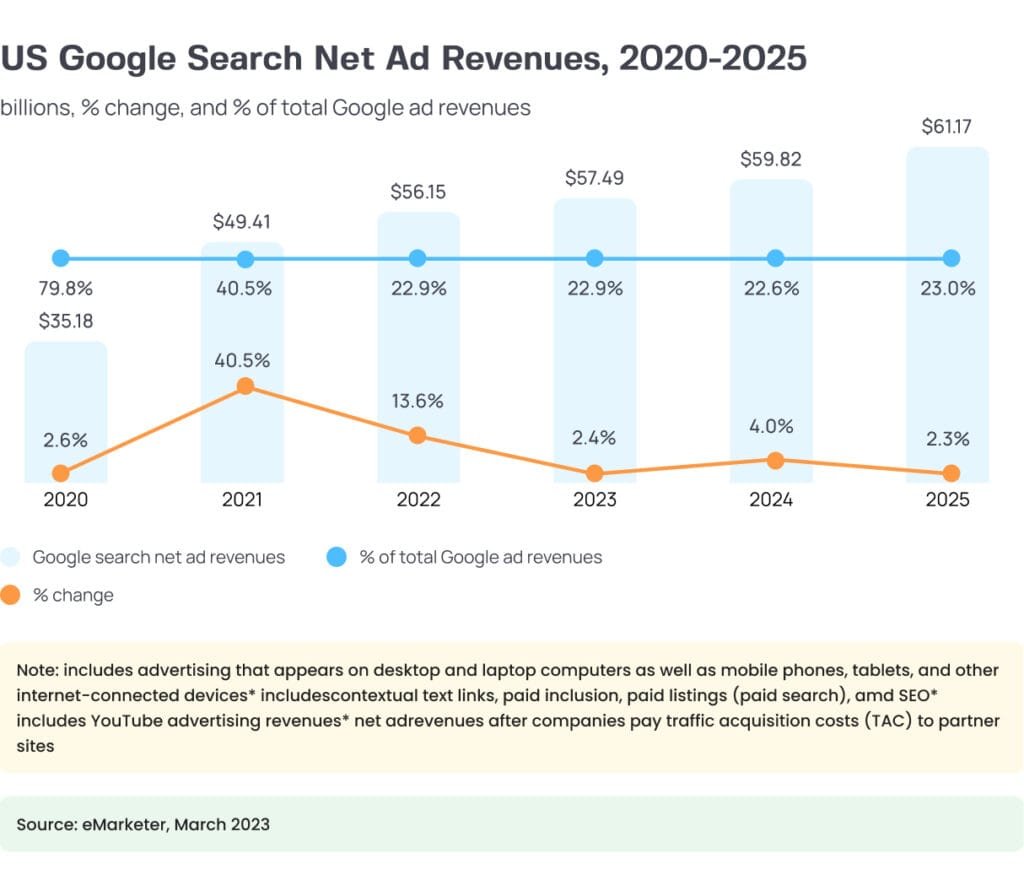
Top B2B marketing trends for 2025
AI and Hyper-Personalization are set to transform B2B marketing in 2025. AI will drive automation and data analysis, while Hyper Personalization enhances customer engagement. Content SEO and the shift to a Cookie-less Era will also be key trends, emphasizing user intent and first-party data strategies.
1. Artificial Intelligence (AI) — dominating trend
AI is set to lead B2B marketing in 2025, revolutionizing the field by automating processes, enhancing data analysis, and enabling personalized customer experiences at scale. Its transformative impact is widely recognized as crucial to the future of marketing.
2. Hyper personalization
Ranked second, Hyper Personalization leverages AI-driven tools and advanced analytics to create highly tailored interactions. This strategy is essential for building strong customer relationships and increasing engagement in the B2B space.
3. Content SEO strategy
Securing the third spot, Content SEO Strategy remains vital for reaching target audiences. As search engines become more sophisticated, a well-optimized content strategy that includes understanding user intent and using multimedia is key to maintaining visibility.
4. Cookieless era
The shift to a Cookie-less Era highlights the industry’s focus on privacy and the decline of third-party cookies. This trend encourages innovation through first-party data and consent-based marketing, helping B2B marketers adapt to changing regulations.
Consider leveraging AI for personalized marketing at scale and refining your SEO approach to align with evolving search dynamics. Prioritize first-party data collection to navigate the Cookie-less Era and adapt to privacy-focused marketing.
Wrapping up
As B2B marketing trends evolve, the focus remains on leveraging AI, personalizing customer experiences, and adapting to new advertising platforms. The real challenge is not just to keep up with these changes but to use them to create meaningful connections with your target audience. Which of these trends resonates most with your current strategy, and how do you plan to integrate them into your marketing efforts? Let’s continue the conversation—because in this fast-paced landscape, staying adaptable is the key to staying ahead. Happy strategizing!




